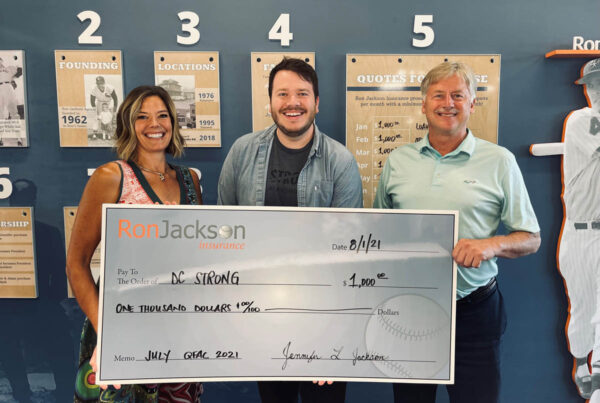The beverage trade is pushing back on the NTSB’s suggestion to lower the legal blood alcohol limit for drivers, calling the new proposal “ludicrous”.
On Tuesday the NSTB recommended, among other things, lowering the blood alcohol limit from its current .08 percent to .05 percent, in an effort to put a dent in the rate of DWI related injuries and deaths, which has been stagnant for decades.
Some members of the beverage industry almost instantaneously became vocal opponents of the proposed plan.
“Moving from .08 to .05 would criminalize perfectly responsible behavior,” American Beverage Institute Managing Director Sara Longwell said.
“Further restricting the moderate consumption of alcohol by responsible adults prior to driving does nothing to stop hardcore drunk drivers from getting behind the wheel. It would simply divert valuable public resources that should be used to pursue the most dangerous offenders and instead use them to target drivers engaging in perfectly safe behavior.”
Int he same vein, representatives of The Beer Institute suggest that efforts would be better spent penalizing and rehabilitating repeating offenders, as well as those with a blood alcohol limit of.15 or more, as they are responsible for the deadliest and costliest damage done on the road, per se.
Most surprisingly, Mothers Against Drunk Driving, (MADD) has taken a neutral position on the lowering of the legal BAC limit, instead focusing their lobbying power on getting states to adopt laws that require repeat offenders to have breathalyzer locks on their vehicles.
“We’re not opposed to what the NTSB has proposed.” said MADD Senior Vice President J.T. Griffin to the Denver Post. “We are kind of neutral. We feel that our campaign has the potential to save the most amount of lives.”
Most of the industrialized world has a BAC standard of .05, or even lower. A new regulation would bring the United States in line with other nations, including Europe and Australia, and South America.




